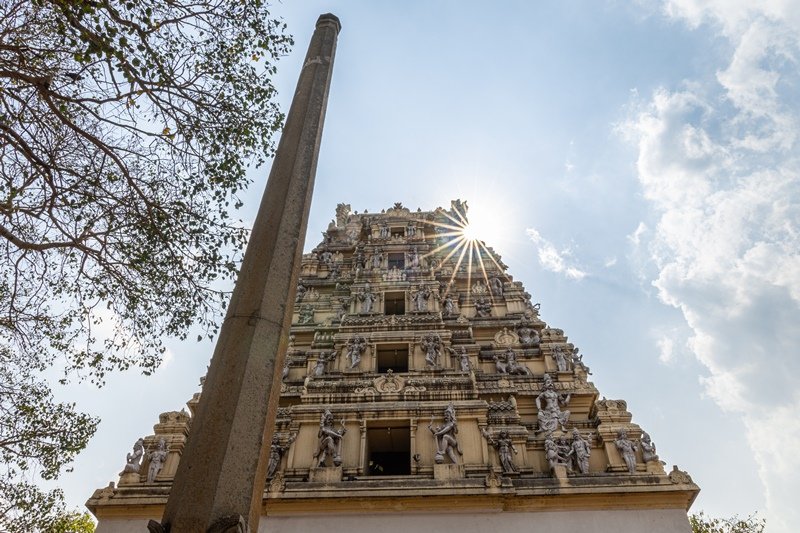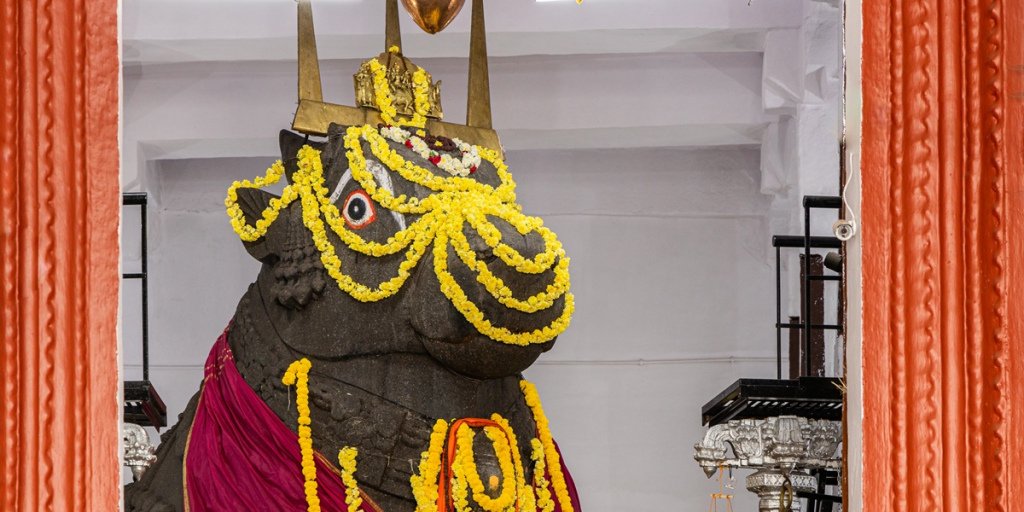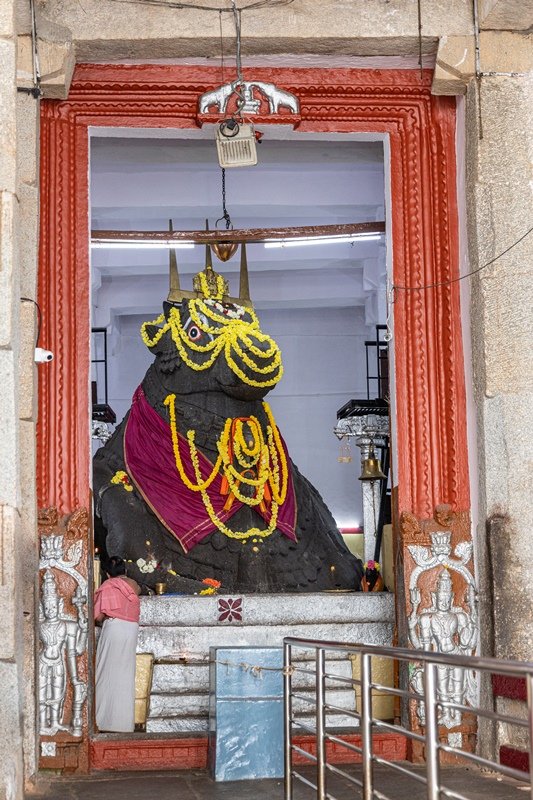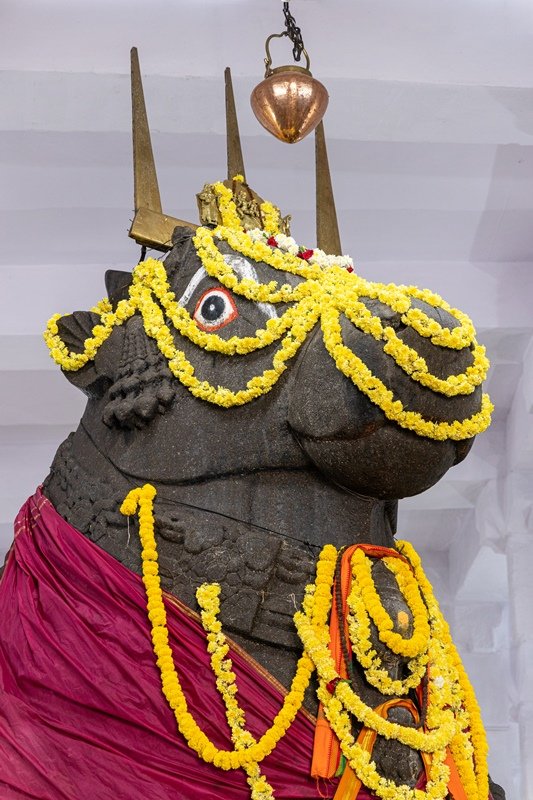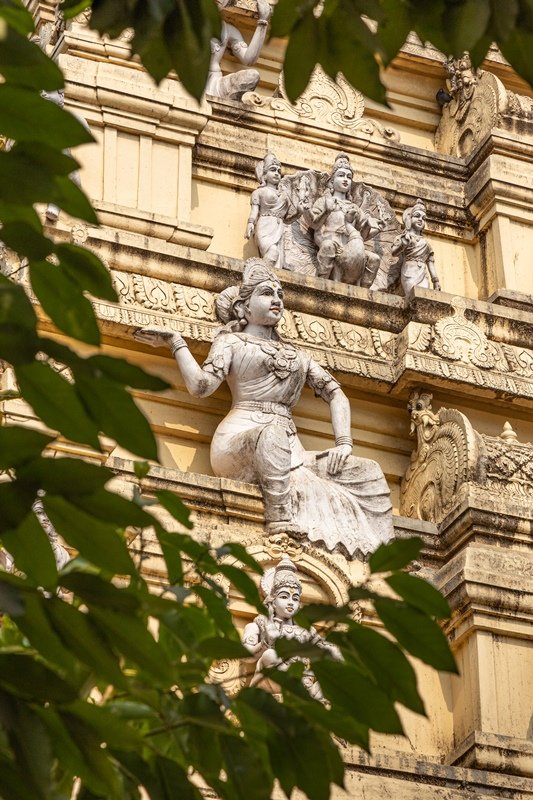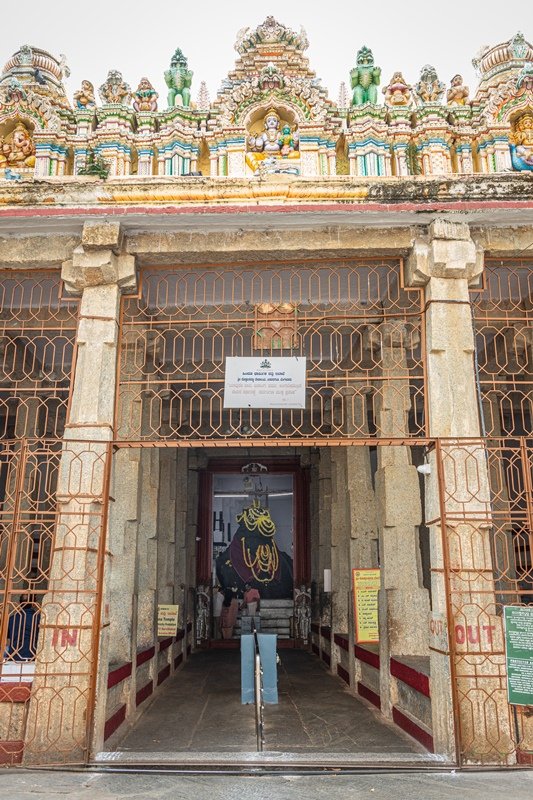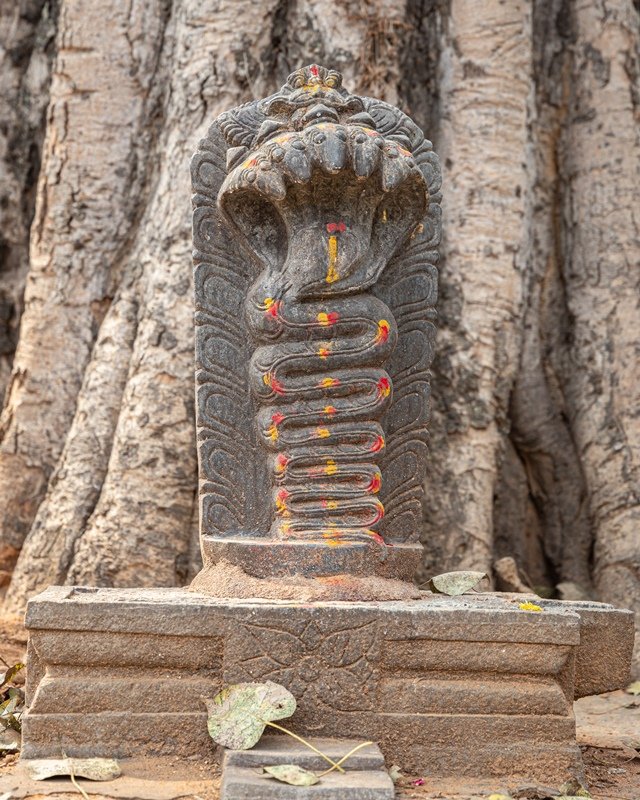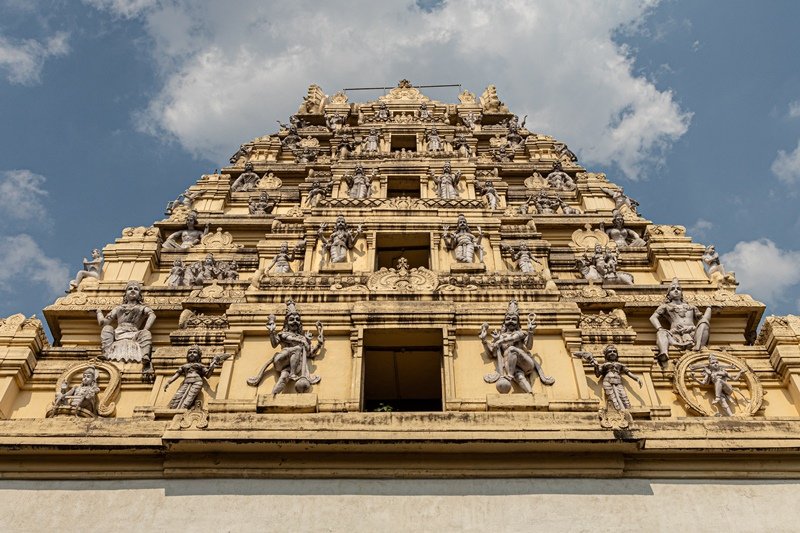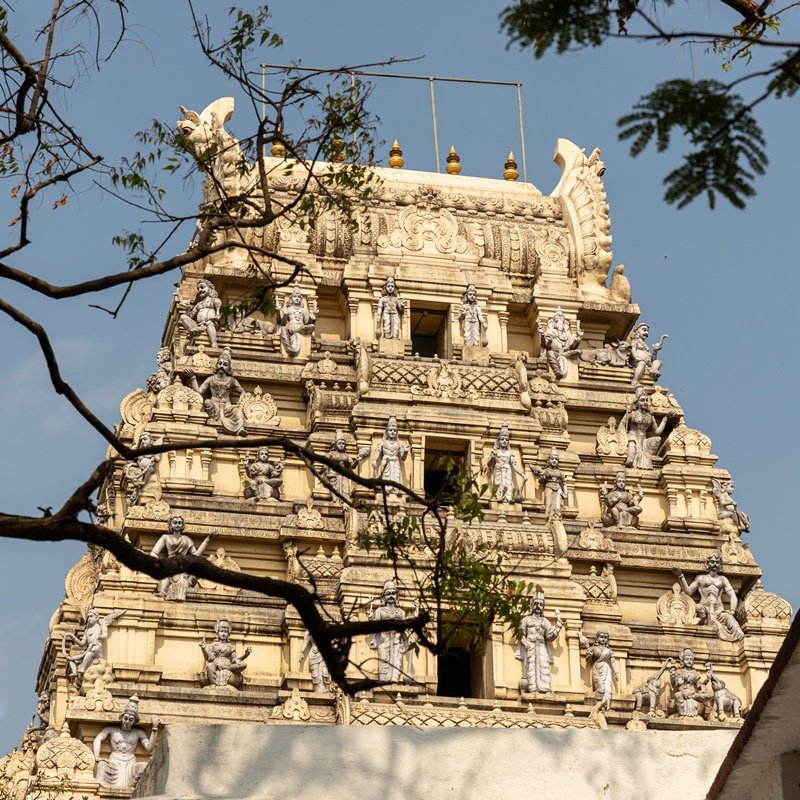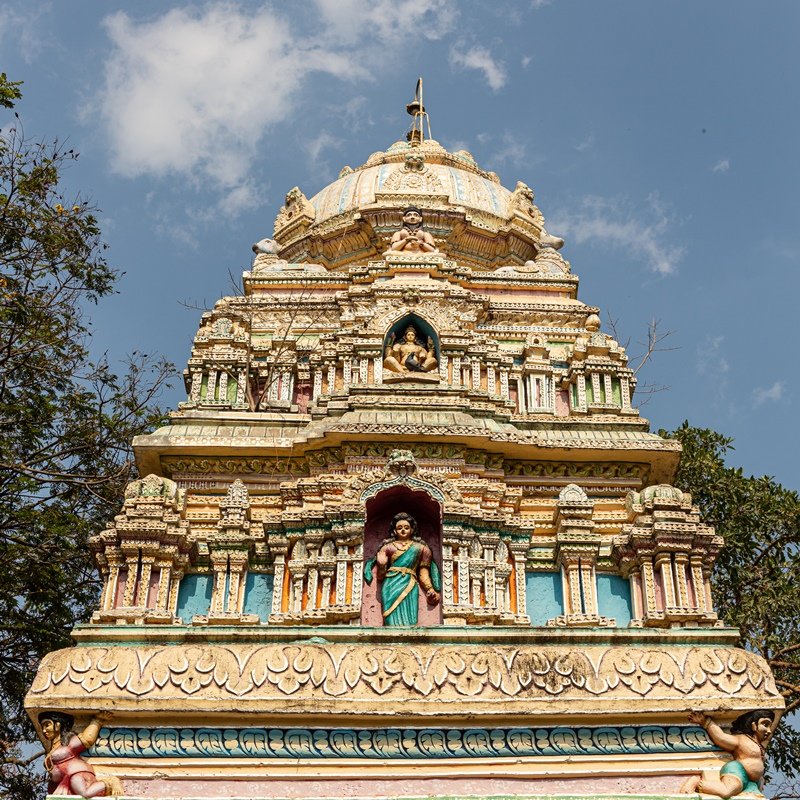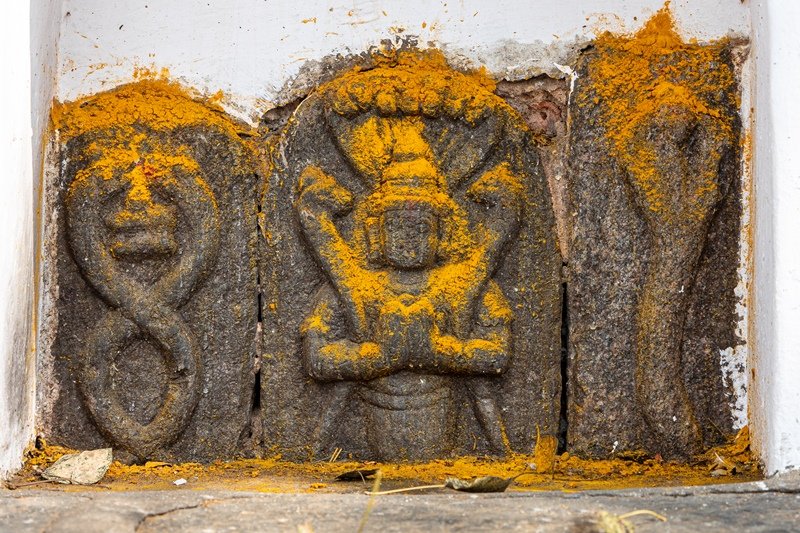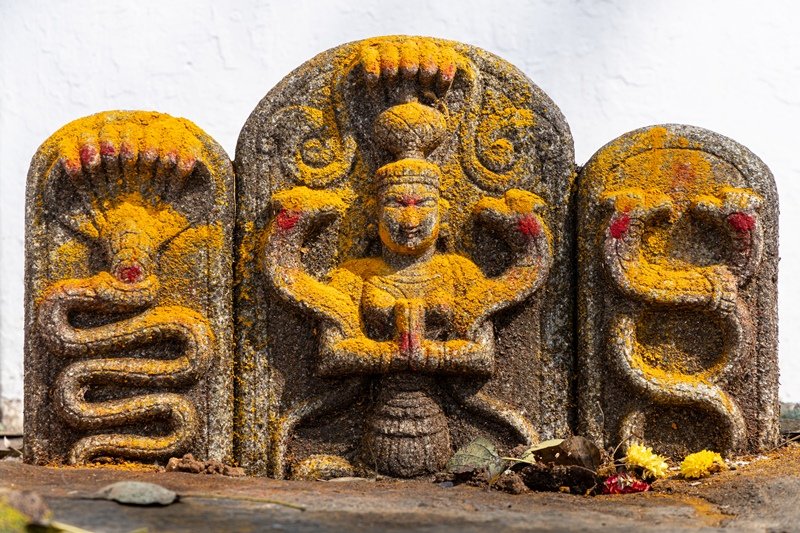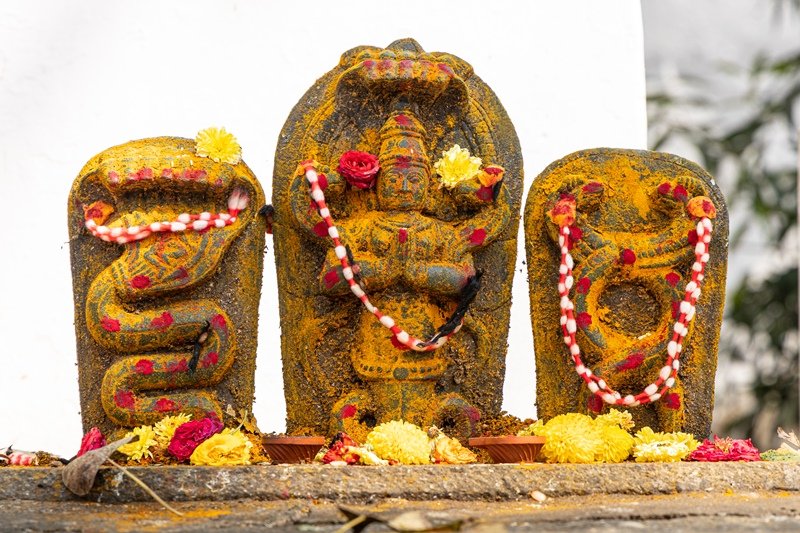Situated in the heart of #Bengaluru
city, Basavanagudi is an unusual temple in a number of respects. It is one of the few temples where the vahana (Nandhi) is given precedence over the master, the name for this residential and commercial area of the city is from this temple.
city, Basavanagudi is an unusual temple in a number of respects. It is one of the few temples where the vahana (Nandhi) is given precedence over the master, the name for this residential and commercial area of the city is from this temple.
Many centuries ago this area was known as Sunkenahalli, and was fertile farmland dedicated to the cultivation of groundnuts. One day, a wild bull roamed into the area and started to devour and destroy the groundnut crops, wrecking the livelyhoods of the farmers.
In an attempt to drive the animal away, one of the infuriated farmers struck the bull with a club. Legend has it that the bull immediately sat down, became utterly motionless, and turned to stone.
The story did not end there. Over time the stone bull started to grow in size which worried the farmers, so they turned to Lord #Shiva for help. A trident, retrieved from where it was planted near the bull’s feet, was placed on the bull’s forehead to prevent it from growing more.
To appease the bull, a small temple was built on this spot. Later, Kempe Gowda (the founder of Bengaluru in 1537) constructed a much larger temple on the site, built in a typical Dravidian style.
The temple has become famous for the annual Kadalekayi Parishe (groundnut fair) that occurs in November/December, as the stone bull has always been offered groundnuts by the local farmers. @LostTemple7 @desi_thug1
One final legend states that a spring originates from the feet of the Nandi, which is believed to be the source of the river Vrishabhavati river which flows to the west of the city #Banglore
Close to the temple is a 3,000 million year old geological formation known as Bugle Rock, the location of one of the four watch towers built by Kempe Gowda II, this one marking the city’s southern boundary.
Legend says that at sunset a sentry would blow a bugle and hold a lighted torch that could be seen from the other three watch towers. This was done each night to communicate that the area was safe.

 Read on Twitter
Read on Twitter